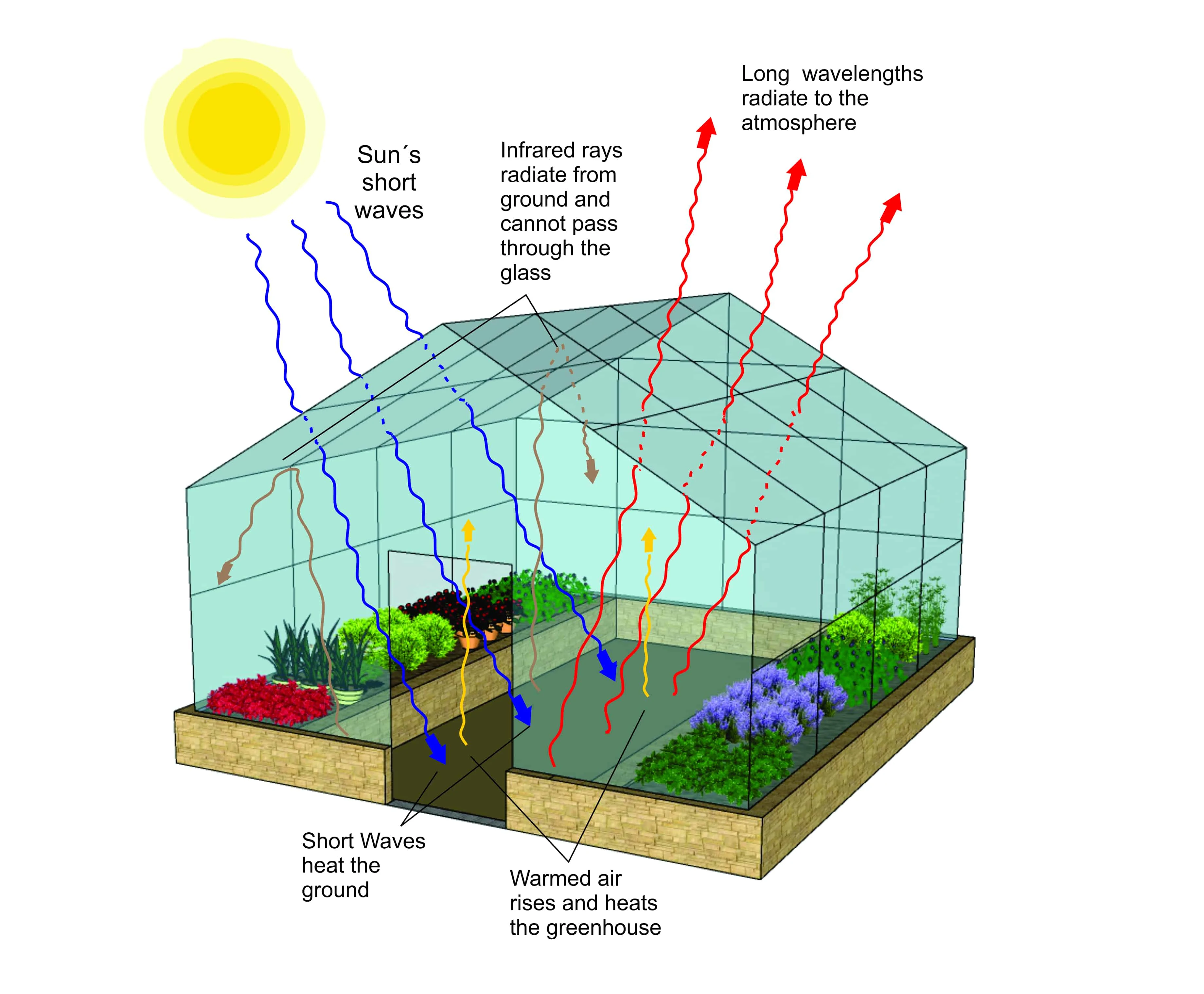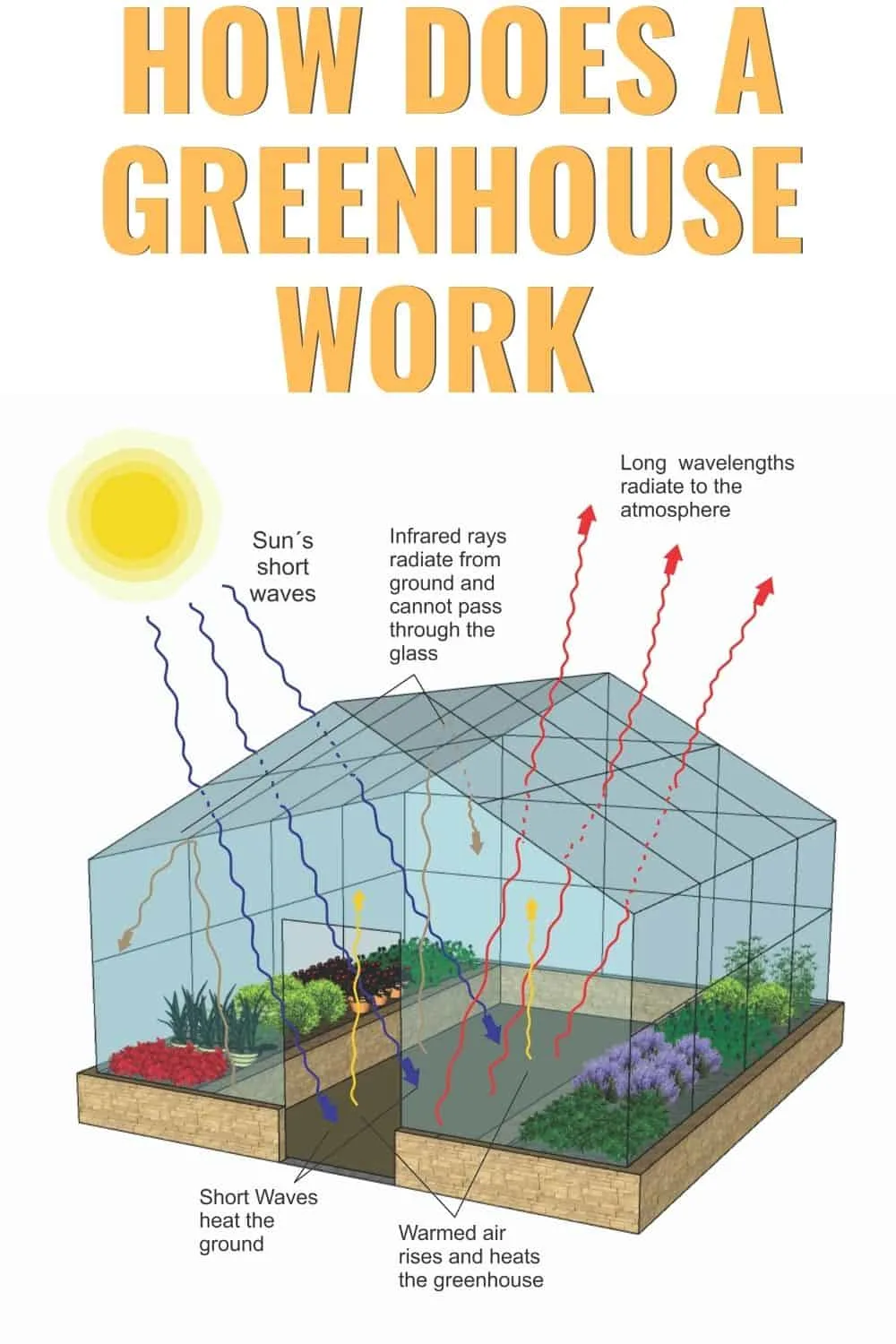
Imagine stepping into a magical world filled with lush green plants, blooming flowers, and thriving vegetables, even in the middle of winter. That’s the remarkable power of greenhouses! In this article, we’ll uncover the fascinating science behind how these structures work their magic, allowing us to cultivate a thriving garden all year round. From harnessing the sun’s energy to creating the perfect climate, we’ll reveal the secrets behind the success of greenhouses. So, buckle up and get ready to embark on a journey into the captivating world of greenhouse gardening!
The Science Behind Greenhouses: How They Work
Welcome to our comprehensive guide on the science behind greenhouses and how they work! Greenhouses play a crucial role in modern agriculture and gardening, allowing us to cultivate plants year-round and grow a wide variety of crops in controlled environments. In this article, we will explore the basic concept of a greenhouse, the greenhouse effect, the structure and components of greenhouses, different types of greenhouse structures, the role of sunlight, temperature control, humidity, ventilation, watering and irrigation systems, and the use of artificial lighting. Let’s dive in!
The Basic Concept of a Greenhouse
Imagine stepping into a greenhouse and feeling the warmth and humidity that envelops you. The basic concept of a greenhouse is to create an enclosed space that enables the cultivation of plants by harnessing and optimizing natural environmental factors. A greenhouse allows sunlight to enter, traps heat, and regulates temperature and humidity levels, creating an ideal microclimate for plants to grow.
Understanding the Greenhouse Effect
The greenhouse effect is at the core of how greenhouses work. When sunlight enters a greenhouse through its transparent walls, it is absorbed by the plants, soil, and structures within. As these objects absorb the light, they also radiate it back into the greenhouse as heat energy. However, the transparent walls of the greenhouse trap this heat, preventing it from escaping and creating a warmer environment compared to the outside. This process is similar to how a car parked in direct sunlight heats up on a sunny day.

Structure and Components of Greenhouses
Greenhouses are typically built with a strong framework made of materials such as metal or wood, which provide stability and support. The framework is then covered with transparent materials, often glass or plastic, that allow sunlight to penetrate while containing the heat within. The roof of the greenhouse is usually sloped, which helps with water drainage and allows maximum sunlight penetration during the day.
Other essential components of a greenhouse include doors for entry and ventilation, flooring materials such as gravel or concrete, benches or racks for placing plants, and various equipment for regulating climate conditions, irrigation, and artificial lighting.
Types of Greenhouse Structures
There are several different types of greenhouse structures, each with its benefits and applications. One common type is the “even-span” or “even-ridge” structure, which consists of a rectangular shape with a gabled roof. This type provides uniform lighting and optimal use of space.
Another popular type is the “quonset” or “hoop” structure, which features a curved or dome-shaped roof supported by arches. Quonset greenhouses are often affordable, easy to construct, and provide efficient heating due to their rounded shape.
Additionally, there are lean-to greenhouses, which are built against an existing structure like a wall or house, and window-mounted greenhouses that are attached directly to windows for maximum sunlight exposure.

The Role of Sunlight in Greenhouse Functioning
Sunlight is a vital component for the functioning of a greenhouse. Plants use sunlight as their energy source through the process of photosynthesis, where they convert light energy into chemical energy. The intensity and duration of sunlight received by plants influence their growth, yield, and overall health.
In a greenhouse, sunlight penetrates through the transparent walls and provides the necessary light energy for photosynthesis. The design and placement of the greenhouse structure, as well as the choice of materials, must ensure optimal sunlight exposure throughout the day.
Controlling Temperature in a Greenhouse
Maintaining a suitable temperature is essential for the successful cultivation of plants in a greenhouse. While the greenhouse effect naturally traps heat, it is crucial to regulate the temperature to avoid extremes that can harm the plants. Greenhouses employ various methods to control temperature, including ventilation, shading, insulation, and heating systems.
Ventilation plays a crucial role in temperature control. By opening vents, windows, or using exhaust fans, greenhouse operators can remove excess heat and humidity from the enclosed space. This ensures a constant supply of fresh air, prevents the buildup of excessive heat, and helps plants to thrive.
Shading systems, such as retractable screens or shade cloth, can also be used to reduce the amount of direct sunlight entering the greenhouse, preventing overheating during hot periods.
Additionally, proper insulation of the greenhouse structure can help retain heat during colder seasons, whereas heating systems, such as boilers, radiant heaters, or heat pumps, can be employed to provide additional warmth when needed.

Humidity and Its Impact on Greenhouse Environment
Humidity refers to the amount of moisture present in the air, and it plays a significant role in the greenhouse environment. Controlling humidity is essential for optimal plant growth, as it affects transpiration, nutrient uptake, disease prevention, and overall plant health.
To regulate humidity levels, greenhouse operators employ various techniques. These include misting systems, which spray a fine mist of water into the air, evaporative cooling systems, which cool down the air by evaporating water, and dehumidifiers, which remove excess moisture from the air.
Maintaining proper humidity levels helps ensure that plants can efficiently uptake water and nutrients, reduces the risk of fungal diseases, and promotes healthy growth.
The Role of Ventilation in Greenhouse Climate
Ventilation is crucial to maintaining a healthy and balanced climate within a greenhouse. Proper ventilation not only helps with temperature control but also aids in humidity regulation and allows for the removal of stagnant air, pollutants, and excess carbon dioxide released by the plants.
Through ventilation openings, fresh air is brought into the greenhouse, while stale air is expelled. This exchange of air helps maintain an optimal balance of gases and prevents the buildup of harmful pathogens, which can thrive in stagnant conditions. Ventilation also facilitates pollination, as it allows the entry of pollinators such as bees and butterflies.
In addition to natural ventilation through windows and vents, some greenhouses utilize mechanical ventilation systems, such as fans or exhaust systems, to ensure a constant supply of fresh air and promote air circulation.

Watering and Irrigation Systems in Greenhouses
To ensure the proper growth and development of plants, adequate watering and irrigation systems are crucial in a greenhouse environment. Depending on the crops being cultivated and the specific requirements of each plant, different irrigation methods can be employed.
Common irrigation systems in greenhouses include drip irrigation, which delivers water directly to the plant roots through a network of tubes with emitters, and overhead sprinklers, which distribute water evenly over the plants from above. These systems can be automated, allowing for precise control of water delivery and minimizing water wastage.
Monitoring soil moisture levels is also essential to prevent overwatering or underwatering. Soil moisture sensors can be used to determine when irrigation is required, ensuring that plants receive the optimal amount of water for their growth.
Supplementing Natural Light with Artificial Lighting in Greenhouses
While natural sunlight is the primary source of light energy in a greenhouse, it may not always be sufficient, especially during the shorter daylight periods of winter or in regions with limited sunlight. In such cases, artificial lighting can be used to supplement natural light and provide the necessary spectrum and intensity for plant growth.
Grow lights, such as fluorescent, LED, or high-intensity discharge (HID) lamps, are commonly used in greenhouses to provide the appropriate wavelengths of light required for different stages of plant growth. These artificial lighting systems can be automatically controlled to mimic daylight cycles and optimize plant productivity.
Artificial lighting also allows greenhouse operators to extend the growing season for certain crops, facilitate year-round cultivation, and enable the production of specific plants that require precise light conditions.
In conclusion, the science behind greenhouses is a fascinating blend of understanding the greenhouse effect, harnessing sunlight, controlling temperature and humidity, providing proper ventilation and irrigation, and using artificial lighting when necessary. Greenhouses have revolutionized agricultural practices, allowing us to produce a wide range of crops regardless of external conditions. By adopting sustainable and efficient greenhouse techniques, we can continue to harness the power of controlled environments for the betterment of our food production and the environment. Happy gardening!


